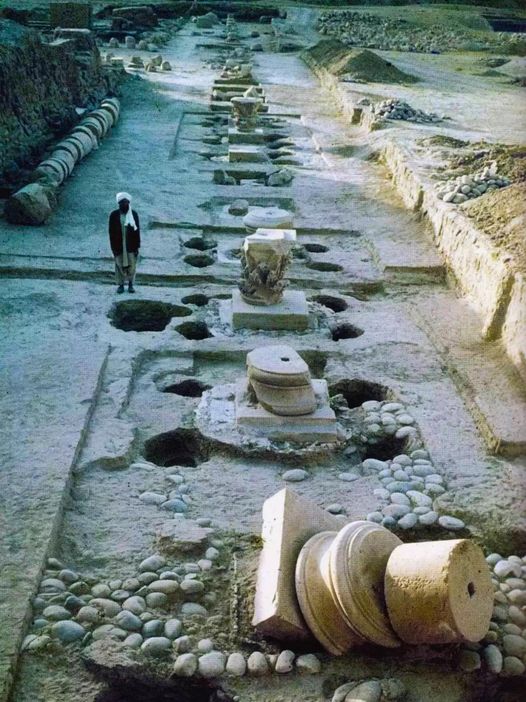The world is full of remarkable and diverse plant species, each with its unique charm and significance. In this blog post, we'll dive into the captivating world of Asteraceae, also known as the aster family, and explore the beauty and diversity of the Aster genus. With over 23,000 accepted species, the Asteraceae family is one of the largest and most widespread plant families on Earth. Let's take a closer look at what makes these wildflowers so extraordinary.
1. The Asteraceae Family: A Global Presence
Asteraceae is a botanical family that boasts a vast global presence. These wildflowers can be found on every continent except Antarctica, showcasing their adaptability and resilience. From the enchanting sunflowers of North America to the delicate daisies in European meadows, these flowers have captured the hearts of people worldwide.

2. The Alluring Asters
The Aster genus, within the Asteraceae family, comprises a wide range of stunning flowers. Asters are known for their star-shaped blooms, which come in various colors, including white, blue, purple, and pink. These beautiful flowers have earned their name from the Greek word "aster," which means star, and they live up to this celestial moniker.

3. Ecological Importance
Asteraceae plays a crucial role in various ecosystems. Many of its members are not only aesthetically pleasing but also vital for wildlife and pollinators. Bees, butterflies, and other insects are often attracted to the nectar-rich flowers of Asteraceae, making them essential for the survival of these species. Additionally, some plants in this family are used in traditional medicine and have important ecological roles, such as soil stabilization.

4. Asteraceae in Human Culture
Throughout history, Asteraceae has held a special place in human culture. These flowers have been celebrated in art, literature, and folklore. In ancient civilizations, they were associated with deities and often symbolized love, loyalty, and admiration. Even today, they are commonly used in floral arrangements and gardens, bringing a touch of elegance to any space.

5. Gardening with Asters
Asters are a beloved choice for gardeners due to their vibrant colors and versatility. They can be found in both perennial and annual varieties, making them suitable for a wide range of garden designs. Planting asters in your garden not only adds aesthetic appeal but also supports local pollinators, contributing to the overall health of your garden ecosystem.

6. The Future of Asteraceae
As we continue to appreciate the beauty of the Asteraceae family, it's important to acknowledge the threats these plants face, such as habitat loss and climate change. Conservation efforts are essential to preserve the diversity and ecological roles of these wildflowers for generations to come. By planting asters and promoting their conservation, we can ensure that these remarkable plants remain a part of our natural world.

Asteraceae, with its vast diversity and ecological importance, holds a special place in the world of botany. From the enchanting asters to the global presence of the family, these wildflowers continue to inspire and captivate us. As we marvel at their beauty, let us also remember the significance of preserving these plants for future generations to enjoy.






